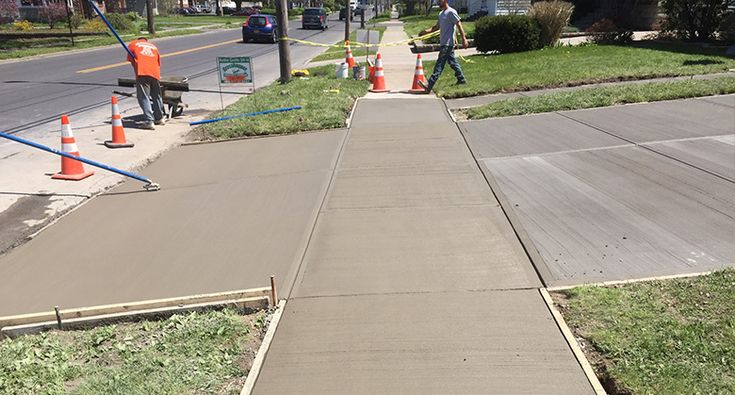
In New York City, property owners are legally responsible for maintaining the sidewalks in front of their properties. When the sidewalk becomes damaged, cracked, or uneven, the NYC Department of Transportation (DOT) may issue a **sidewalk violation**. If you’ve received such a violation, it’s important to act quickly to avoid fines, accidents, or legal issues. While the process of removing a sidewalk violation may seem daunting, it is manageable with the right knowledge and approach.
In this detailed guide, we will walk you through the process of how to remove a sidewalk violation in NYC, including important steps, tips, and guidelines to ensure compliance with the city's rules and regulations.
A sidewalk violation in NYC is an official notice issued by the Department of Transportation (DOT) to a property owner when the sidewalk in front of their property does not meet the city’s safety and maintenance standards. These violations are often issued when the sidewalk is unsafe or damaged. Common sidewalk issues that can lead to violations include:
If you’ve received a sidewalk violation, you are required to repair the sidewalk within a certain time frame to comply with city regulations.
Removing a sidewalk violation requires addressing the underlying issue and ensuring your sidewalk complies with the city's standards. Here is a step-by-step breakdown of how to handle the violation:
The first step is to carefully read the **Notice of Violation** issued by the NYC Department of Transportation. This notice will provide specific details about the violation, including the exact location of the issue and the nature of the problem. It is crucial to fully understand the violation before proceeding.
To fix the sidewalk and meet NYC regulations, you’ll need to hire a licensed contractor with experience in sidewalk repairs. The contractor should be familiar with the specific rules and codes enforced by NYC DOT.
Before starting any repair work, you need to obtain the appropriate permits from NYC DOT. This includes a **Sidewalk Construction Permit**. Depending on the extent of the repair, additional permits may be required.
The repair work must meet the standards set by NYC DOT. Depending on the nature of the violation, the work might involve:
Once the work is completed, inspect the sidewalk to ensure that it meets NYC DOT's standards. Make sure that the surface is smooth, level, and free of any hazards.
Once the repairs are finished, it’s important to request a re-inspection by NYC DOT. A DOT inspector will visit your property to evaluate the repairs and confirm that the sidewalk now complies with city codes.
If there were any fees associated with the violation, such as inspection fees or fines, make sure to pay them promptly. If there were no fines for the violation, you’ll still need to cover the cost of the repairs and permits.
Once you've resolved your sidewalk violation, it’s important to take steps to prevent future violations. Here are some tips to help you keep your sidewalk in good condition:
Ignoring a sidewalk violation can have serious consequences for property owners in NYC. If you fail to address the violation within the required time frame, you may face the following:
To check the status of your sidewalk violation, you can use the **NYC DOT Sidewalk Violation Status Tool**. This online tool allows property owners to look up their violation by entering the violation number or address. It provides real-time updates on whether the violation has been resolved or if further action is needed.
Dealing with a sidewalk violation in NYC doesn’t have to be overwhelming. By understanding the process, hiring the right professional general contractor, and ensuring compliance with NYC DOT standards, you can successfully resolve a sidewalk violation and avoid potential fines or legal issues. Regular sidewalk maintenance and prompt repairs can help you avoid future violations, ensuring the safety and upkeep of your property for years to come.
There is no strict deadline, but it is advisable to address the violation as soon as possible to avoid fines and potential safety hazards. NYC DOT will typically give a reasonable period for repairs, but delays can result in additional fines or penalties.
Yes, you can dispute a sidewalk violation if you believe it was issued in error or that the sidewalk was already compliant. Contact NYC DOT to learn about the dispute process and provide any necessary documentation.
While tree roots causing sidewalk damage are often the responsibility of the property owner, NYC may offer some assistance for repairs in certain cases. Contact **NYC Parks & Recreation** or your local community board for more information.